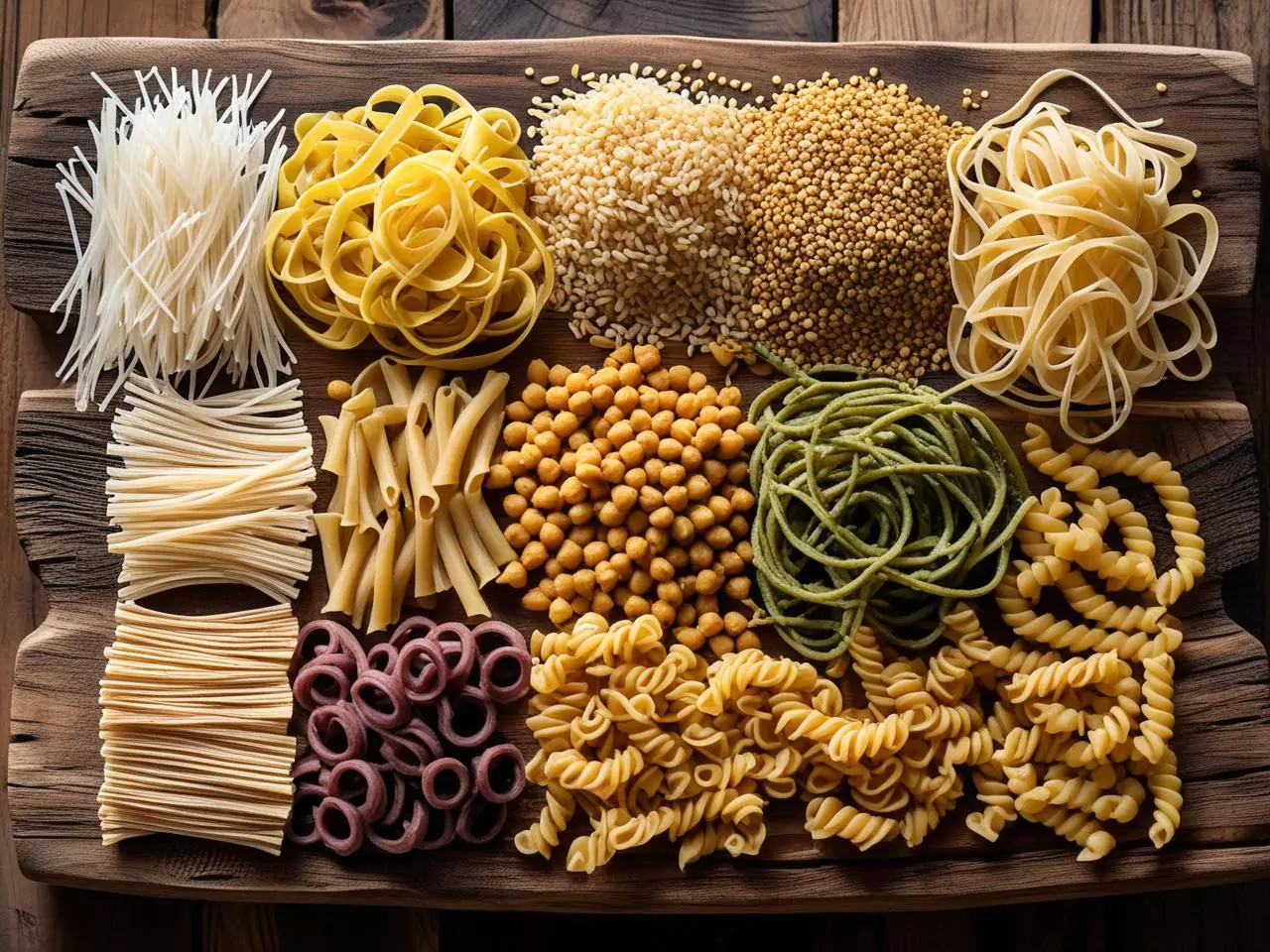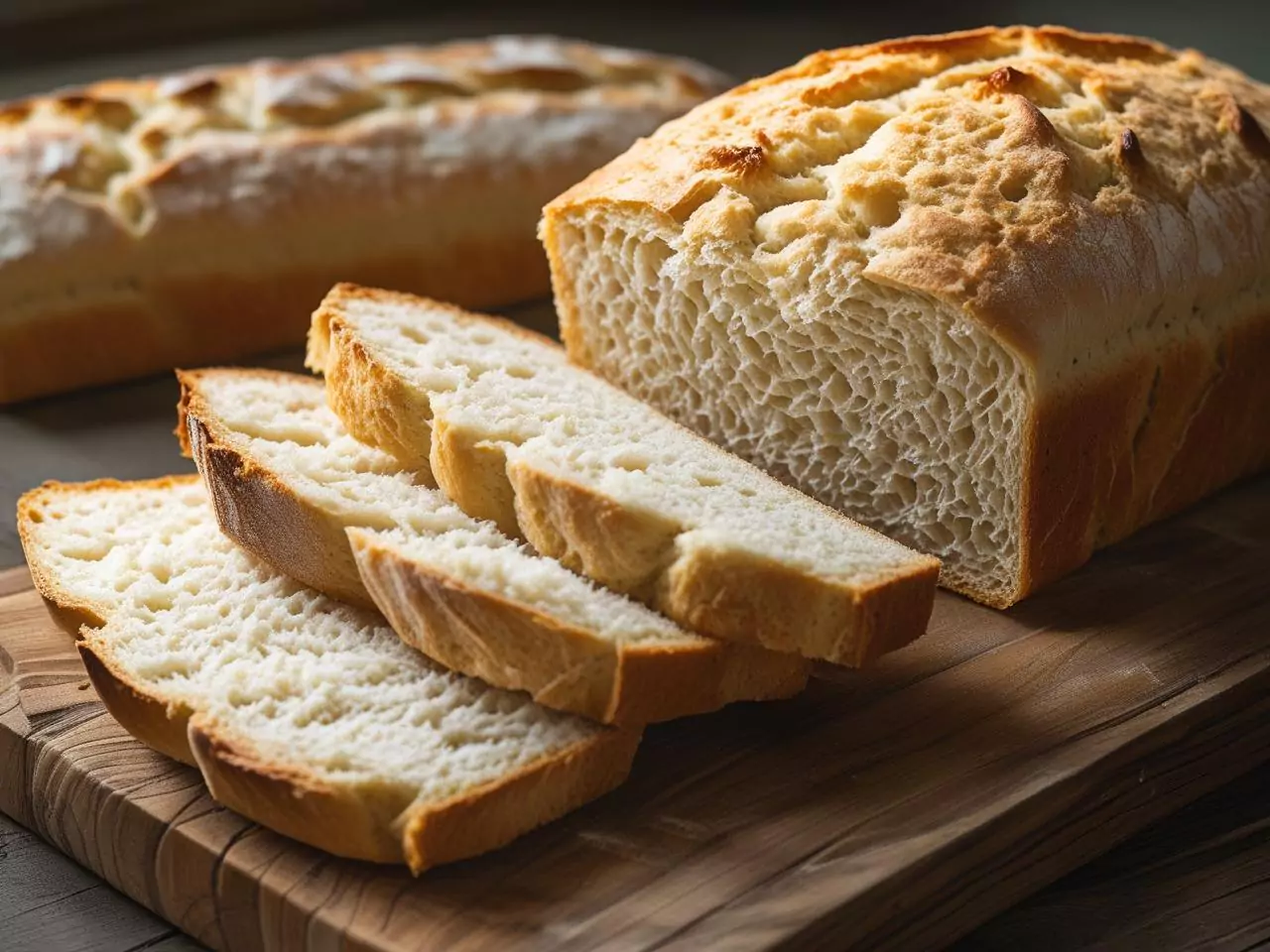
Best Gluten-Free Flour Substitutes for Baking (Complete Guide)
Master gluten-free baking with the right flour blends - from almond to rice flour for perfect results
Read Complete GuideMaster gluten-free cooking and baking with expert-tested alternatives. From perfect flour blends to delicious pasta options.
Comprehensive guides for celiac-friendly cooking that doesn't compromise on taste or texture. Perfect results every time, whether you're managing celiac disease or choosing gluten-free living.
Thoroughly tested recipes safe for celiac disease and gluten sensitivity
Delicious alternatives that rival traditional wheat-based recipes
Step-by-step guides with exact measurements and pro tips
Master gluten-free cooking with our comprehensive guides covering flour blends, pasta alternatives, and baking techniques.

Master gluten-free baking with the right flour blends - from almond to rice flour for perfect results
Read Complete Guide
Find the perfect gluten-free pasta that actually tastes good - from rice to chickpea options
Read Complete Guide
Master the art of gluten-free bread making with proven recipes and professional techniques
Read Complete GuideStart with a pre-made gluten-free flour blend (like Bob's Red Mill 1-to-1) that already contains xanthan gum. These work as direct replacements for wheat flour in most recipes without adjustments.
Dense bread usually results from not enough liquid, missing binding agents, or overmixing. Increase liquids by 25%, ensure you're using xanthan gum, and mix just until combined.
Not always. While gluten-free flour blends work 1:1 in many recipes, you may need to adjust liquids, add binding agents, or modify baking times. Start with recipes specifically designed for gluten-free baking.
Xanthan gum is a binding agent that replaces gluten's elasticity. Use 1 tsp per cup of flour for bread, 1/2 tsp for muffins. Some flours like almond flour provide natural binding and may not need it.
Cook gluten-free pasta for 1-2 minutes less than package directions, stir gently to prevent breaking, and rinse with cold water immediately after draining to stop the cooking process.
Yes, oats are naturally gluten-free, but they're often contaminated during processing. Always buy certified gluten-free oats if you have celiac disease or severe gluten sensitivity.